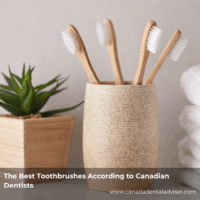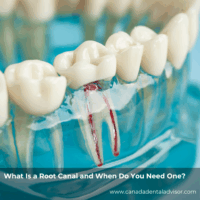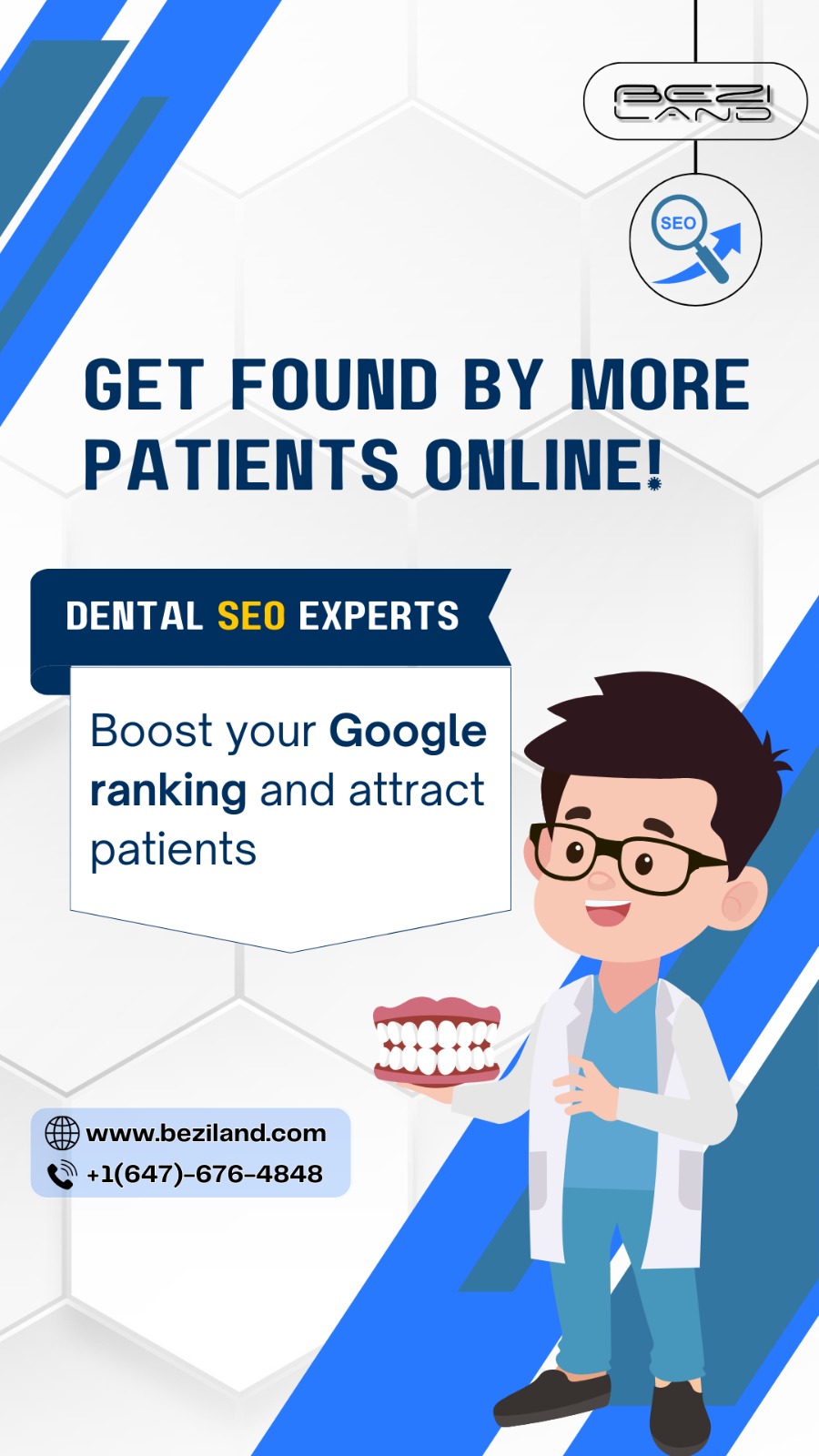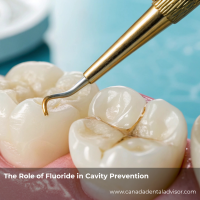What Is Dental Bonding, Anyway?
Dental bonding is a cosmetic procedure where a tooth-colored resin is applied and hardened with a special light, bonding the material to the tooth to improve its appearance. It’s commonly used to:
-
Repair chipped or cracked teeth
-
Close small gaps
-
Reshape teeth
-
Protect exposed roots from receding gums
It’s a quick, affordable, and minimally invasive option—but like any treatment, success depends heavily on how well it’s matched to the individual.
Meet Sarah: A Story of Personalized Dental Bonding
Sarah, a 28-year-old graphic designer, came into the clinic after chipping her front tooth during a weekend volleyball game. She was nervous. It wasn’t just about fixing a tooth—it was about restoring her smile and confidence.
Her dentist didn’t rush into treatment. Instead, they talked through her lifestyle, dietary habits, oral hygiene routine, and even how often she grinds her teeth when stressed. They developed a personalized plan that not only addressed the chip but also included:
-
A custom night guard to prevent future damage
-
Recommendations for non-abrasive toothpaste
-
Follow-up visits to monitor wear on the bonded tooth
The result? Her bonded tooth looked completely natural, held up beautifully over time, and her trust in dental care skyrocketed.
Why Individualized Plans Matter in Dental Bonding
1. Improved Treatment Outcomes
No two mouths are alike. Personalizing the dental bonding procedure means the dentist can:
-
Select the ideal composite material based on the patient’s bite, enamel color, and tooth structure
-
Customize the shape and finish to match adjacent teeth
-
Consider habits like smoking or coffee-drinking that may affect long-term appearance
Outcome: A restoration that looks better, feels natural, and lasts longer.
2. Enhanced Patient Compliance
When patients feel involved and understood, they’re more likely to stick with post-procedure instructions. A personalized care plan:
-
Explains the why behind each recommendation
-
Addresses specific lifestyle factors (like sports, diet, stress habits)
-
Helps patients take ownership of their oral health
Example: Patients who grind their teeth may need bonding plus a night guard. Educating them on how grinding affects the resin encourages them to wear it consistently.
3. Long-Term Oral Health Benefits
Dental bonding isn’t a one-time fix—it’s part of a broader oral health journey. With individualized plans, dentists can:
-
Identify early signs of wear or discoloration
-
Recommend timely touch-ups
-
Integrate bonding with other treatments like fluoride applications or cleanings
Patients with tailored care plans often experience fewer complications and require less corrective work down the road.
Small Details, Big Differences
Even little tweaks in personalized care can yield major benefits:
| Factor | Standard Plan | Individualized Plan |
|---|---|---|
| Color Matching | Basic shade selection | Custom blend to match enamel undertones |
| Surface Prep | Standard etching | Adjusted for enamel thickness or sensitivity |
| Post-Care Advice | Generic | Tailored to diet, habits, and lifestyle |
These custom touches make patients feel like their care truly matters—because it does.
The Takeaway: It’s More Than a Smile
Dental bonding is more than just fixing a flaw—it’s about enhancing a person’s confidence, function, and health. When dentists take the time to craft individualized treatment plans, patients don’t just get better smiles—they get better outcomes, higher satisfaction, and lifelong trust in their care.
So, the next time you—or your patient—asks about dental bonding, remember: personalization isn’t a luxury. It’s a necessity for success.
FAQs: Dental Bonding & Personalized Care
1. How long does dental bonding last?
With proper care and individualized recommendations, bonding can last 5–10 years or longer. Night guards, regular check-ups, and avoiding staining foods can extend its life.
2. Is dental bonding covered by insurance?
It depends. If bonding is done for structural reasons (like repairing a tooth), insurance may cover part of it. Cosmetic bonding typically isn’t covered.
3. Does bonding require special care?
Yes—especially if personalized care reveals risk factors like bruxism or staining. Avoid chewing ice, biting nails, or drinking too much coffee or wine.
4. What happens if the bonded tooth chips again?
Your dentist can usually repair the bonding in one visit. Individualized care plans include monitoring for future risks to prevent recurrence.
5. How do dentists personalize a bonding plan?
By evaluating tooth health, lifestyle, dietary habits, medical history, and aesthetic goals. Every factor shapes a more effective treatment.
6. Is bonding right for everyone?
Not always. Patients with severe decay, misalignment, or large gaps may need alternative treatments. That’s why personalization matters!
7. Can children or teens get dental bonding?
Yes! It’s safe and often used to repair chips or congenital defects. Pediatric dentists will tailor the care plan to age and dental development.
8. How long does the procedure take?
Usually 30–60 minutes per tooth. A personalized plan may combine bonding with other treatments in a phased approach for best results.











Leave a Reply